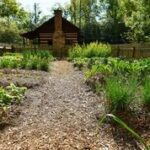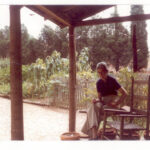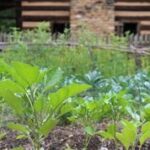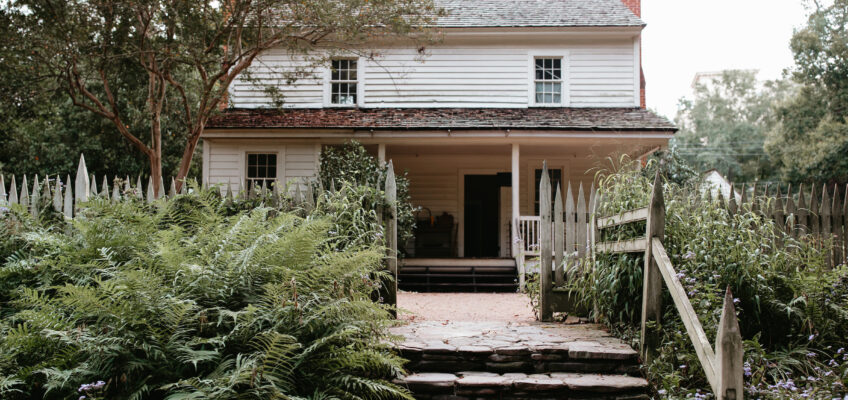Featured Image: Smith Farm, the farmhouse. Photograph courtesy of Atlanta History Center.

The August-September issue of Garden & Gun includes an article entitled Harvesting History, written by Latria Graham, featuring the beautiful, bountiful vegetable gardens at the Smith Farm on the grounds of Atlanta History Center (AHC). Emily Roberts, Director of Urban Agriculture, grows a mixture of historic varieties of vegetables and herbs in three areas totaling less than one-fifth of an acre. Many of the varieties are known through research in historic seed catalogues, books, and periodicals in the AHC’s Cherokee Garden Library. One of Emily’s favorites, the cushaw squash, was featured last fall in an SGHS website post, “The Curious Cushaw”, written by Randy Harelson, another cushaw lover. Atlanta History Center, in partnerships with Atlanta nonprofit, Concrete Jungle, and mutual aid project, Free99Fridge, donates the cushaw and a wealth of other vegetables (almost 1,400 pounds in 2020!) including okra, beans, tomatoes, sweet potatoes, and corn, to feed families in Atlanta who have been disproportionately affected by the COVID-19 pandemic.

The Smith Farm is well known to many of us within the Southern Garden History Society. When my husband introduced me in the early 1970s to his parents, Bill and Florence Griffin, the conversation turned almost immediately to the Tullie Smith House, built around 1845 and moved in 1969 to the grounds of Atlanta History Center from Dekalb County, where it had been threatened by construction. In the years since the move, Bill and Florence had worked closely with members of the restoration committee including Louise Allen, Anne Carr, Jane Symmes, and Edith Malone to preserve the Tullie Smith House and fill it and the surrounding landscape with materials appropriate to its period of significance. Ten years later, this group and others involved in the early days of the Smith Farm and the Cherokee Garden Library became founders and charter members of the Southern Garden History Society. Much of the spirit of working together on the Tullie and on the library spilled over into the founding of SGHS.

Today, Smith Farm includes the farmhouse with detached kitchen, dairy, blacksmith shop, smokehouse, corncrib, chicken coop, barn, enslaved people’s cabin, and outhouse. The landscape represents the era, with historic varieties of crops in the fields, the enslaved people’s garden, a kitchen garden, and a swept yard by the house planted with heirloom flowers. Surrounding the farm’s outbuildings are naturalistic, native plantings. Heritage-breed sheep, goats, chickens, and turkeys also live there. The farm is essential in helping visitors explore and understand the histories of enslaved people and of 1800s agriculture in the southeastern region and forms a cornerstone of AHC’s educational programs. https://gardenandgun.com/articles/harvesting-history/



Leave a Reply